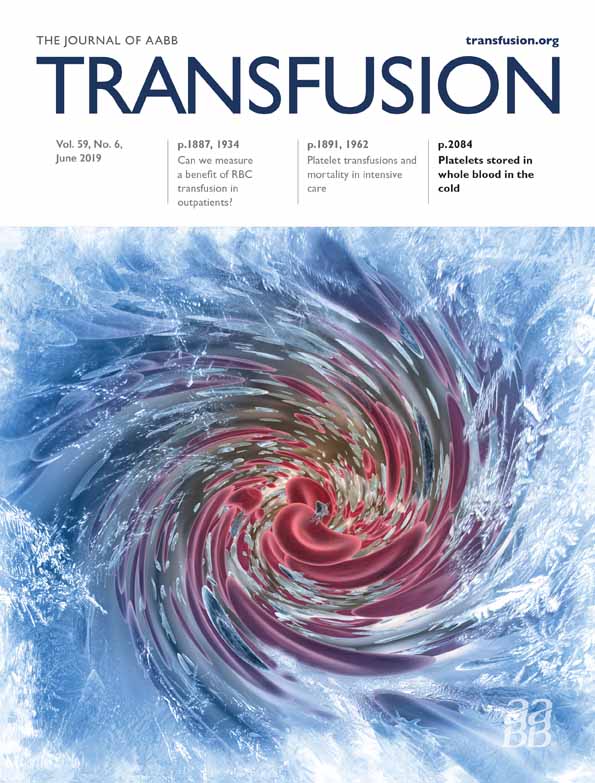Autoimmune heparin-induced thrombocytopenia and venous limb gangrene after aortic dissection repair: in vitro and in vivo effects of intravenous immunoglobulin
Abstract
BACKGROUND
Heparin-induced thrombocytopenia (HIT) is a prothrombotic disorder characterized by heparin-dependent antibodies that activate platelets (PLTs) via PLT FcγIIa receptors. “Autoimmune” HIT (aHIT) indicates a HIT subset where thrombocytopenia progresses or persists despite stopping heparin; aHIT sera activate PLTs strongly even in the absence of heparin (heparin-independent PLT-activating properties). Affected patients are at risk of severe complications, including dual macro- and microvascular thrombosis leading to venous limb gangrene. High-dose intravenous immunoglobulin (IVIG) offers an approach to interrupt heparin-independent PLT-activating effects of aHIT antibodies.
CASE REPORT
A 78-year-old male who underwent cardiopulmonary bypass for aortic dissection developed aHIT, disseminated intravascular coagulation, and deep vein thrombosis; progression to venous limb gangrene occurred during partial thromboplastin time (PTT)-adjusted bivalirudin infusion (underdosing from “PTT confounding”). Thrombocytopenia recovered with high-dose IVIG, although the PLT count increase began only after the third dose of a 5-day IVIG regimen (0.4 g/kg/day × 5 days). We reviewed case reports and case series of IVIG for treating HIT, focusing on various IVIG dosing regimens used.
RESULTS
Patient serum–induced PLT activation was inhibited in vitro by IVIG in a dose-dependent fashion; inhibition of PLT activation by IVIG was much more marked in the absence of heparin versus the presence of heparin (0.2 U/mL). Our literature review indicated 1 g/kg × 2 IVIG dosing as most common for treating HIT, usually associated with rapid PLT count recovery.
CONCLUSION
Our clinical and laboratory observations support dose-dependent efficacy of IVIG for decreasing PLT activation and thus correcting thrombocytopenia in aHIT. Our case experience and literature review suggests dosing of 1 g/kg IVIG × 2 for patients with severe aHIT.
CONFLICT OF INTEREST
TEW reports receiving consulting fees from Aspen Global, Bayer, and Octapharma; research support and consulting fees from W.L. Gore and Instrumentation Laboratory; royalties from Informa (Taylor & Francis); and consulting fees related to medical-legal testimony. The other authors have disclosed no conflicts of interest.




